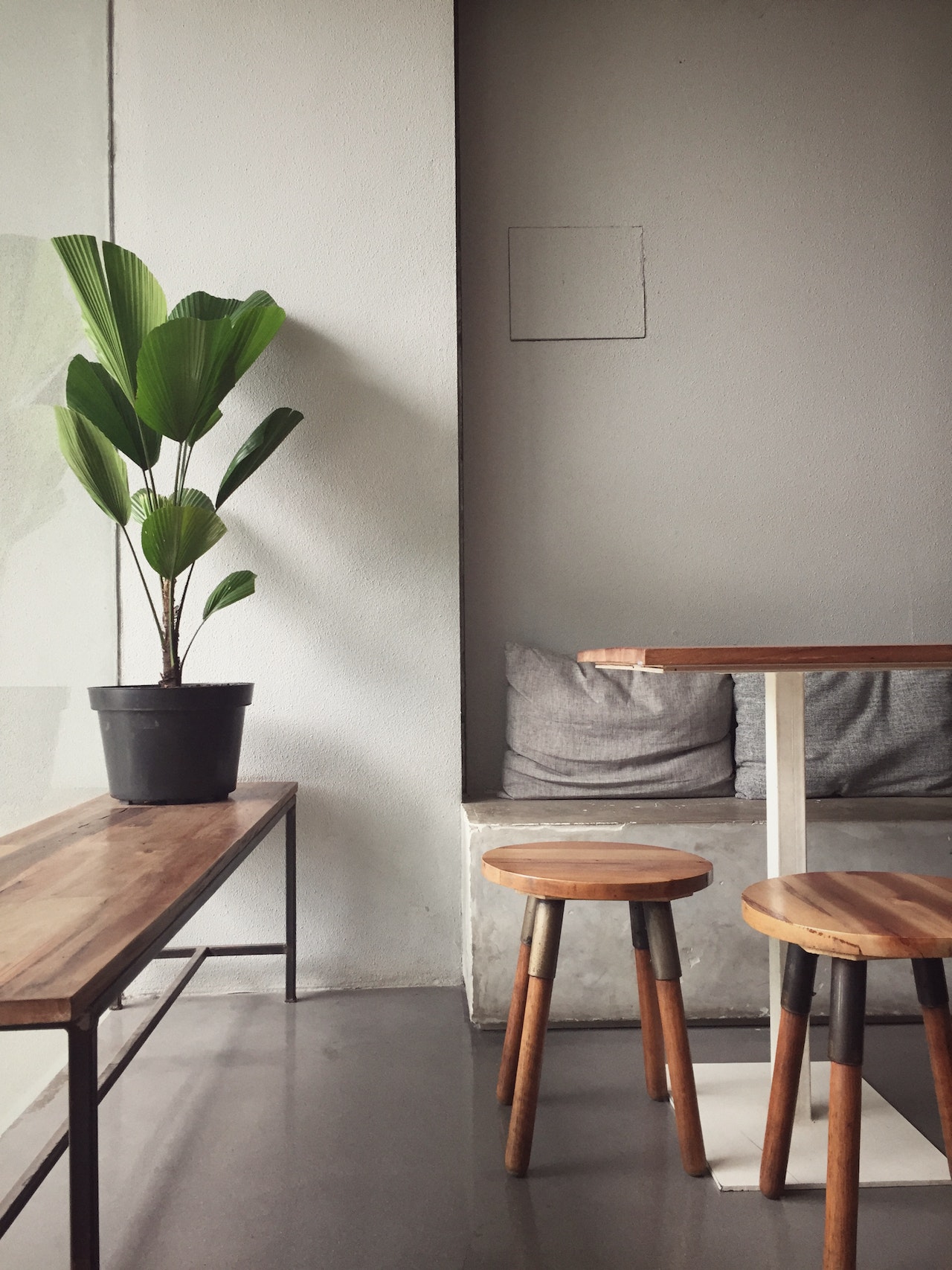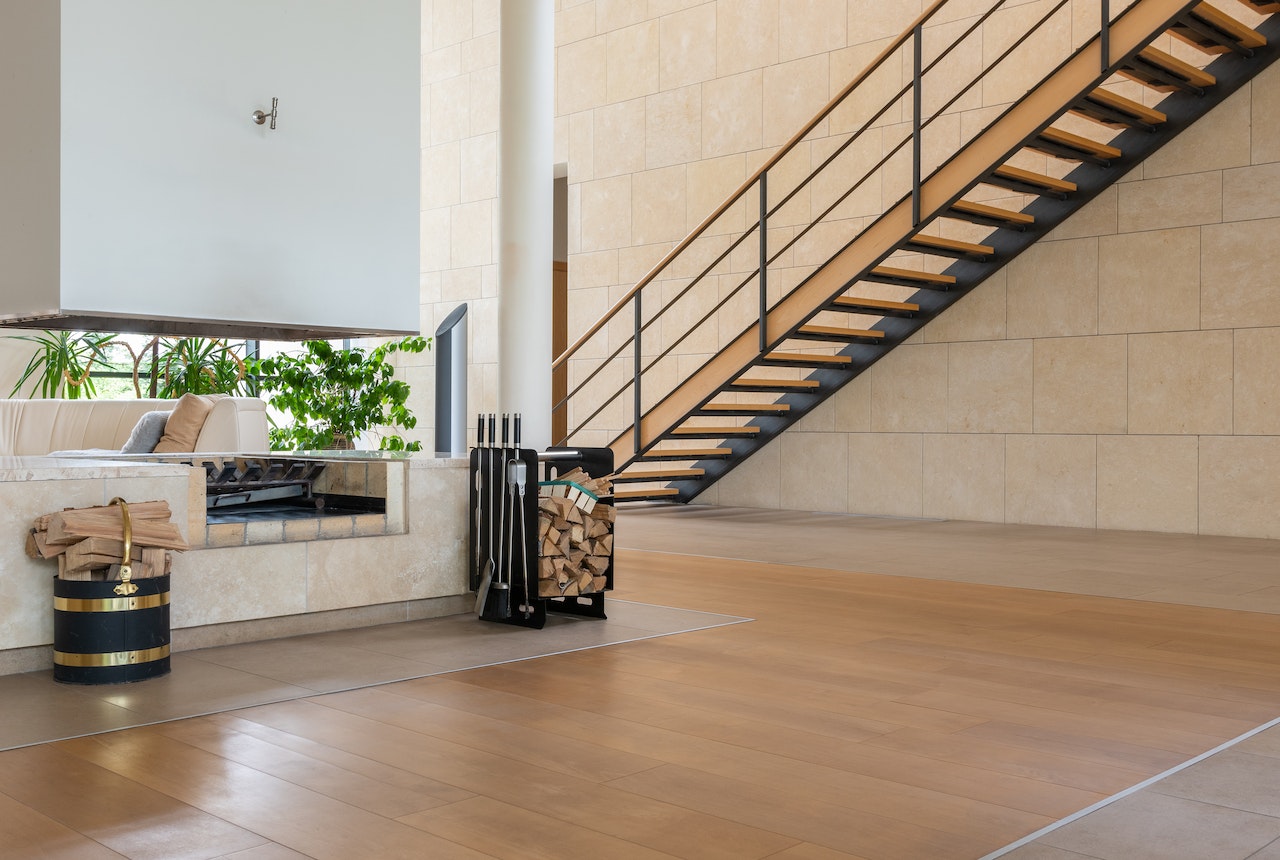
Incorporating Natural Elements into Interior Design
Bringing Nature Indoors
The concept of biophilic design, which emphasizes the integration of natural elements into indoor spaces, has gained significant momentum in recent years. As our lives become more fast-paced and urbanized, there is a growing appreciation for the tranquility and beauty that nature provides. In this article, we’ll explore the creative and innovative ways to bring nature indoors, creating harmonious and inviting interior spaces that captivate the senses and nourish the soul.
The Power of Biophilic Design
Biophilic design is more than just a trend; it’s a fundamental shift in the way we perceive and interact with our indoor environments. It draws its inspiration from the inherent human connection with nature, acknowledging the profound benefits that exposure to natural elements can bring. From improved mental well-being to increased productivity, studies have consistently demonstrated the positive impact of biophilic design on the human psyche.
Embracing this design philosophy involves more than simply placing a potted plant in a corner or hanging a landscape painting. It requires a holistic approach, weaving nature into the very fabric of the design itself. To achieve this, interior designers are employing an array of creative techniques and materials that blur the lines between indoors and outdoors.
Living Walls and Vertical Gardens
One of the most striking ways to bring nature indoors is by incorporating living walls and vertical gardens. These verdant installations are not only visually captivating but also enhance air quality, regulate humidity, and foster a calming ambiance. Picture stepping into an office or living room where an entire wall is a lush, thriving ecosystem.
Living walls can be customized to suit any space, from compact urban apartments to sprawling corporate atriums. Mosses, ferns, succulents, and even flowering plants can be carefully chosen to create a living masterpiece that evolves with the changing seasons. These installations are as diverse as they are versatile, serving as a stunning focal point or a subtle backdrop for other design elements.
Reclaimed Wood and Natural Materials
The use of reclaimed wood and other natural materials is another exciting avenue for biophilic design. Reclaimed wood, with its weathered textures and rich patinas, adds a warm and rustic charm to any space. The unique history and character of each piece create a deep connection to the outdoors. From reclaimed barn doors as room dividers to salvaged wood beams as architectural accents, these materials breathe life and history into interior design.
Natural materials like stone, granite, and marble also offer an authentic connection to the earth. Their rugged textures and natural colors can be used for everything from countertops to feature walls. Integrating these materials into your design brings the raw beauty of nature indoors, grounding the space in timeless elegance.
The Play of Natural Light
Natural light is a fundamental element of biophilic design. It not only brightens up a room but also creates a connection to the outdoors. Designing with large windows, skylights, and glass walls allows ample sunlight to flood the space. For more creativity, use prismatic glass or stained glass designs to scatter light, casting rainbows and dancing patterns across the room. It’s like having your own private light show, courtesy of the sun.
To amplify the interplay of light and nature, consider incorporating elements like solar tubes, which funnel natural light deep into interior spaces. This can be especially useful in rooms where traditional windows might not be practical. And don’t forget the power of mirrors to reflect and amplify natural light, making even the smallest spaces feel more open and inviting.
Water Features
Water features have been a symbol of tranquility and vitality in interior design for centuries. Incorporating elements like indoor waterfalls, fountains, or small ponds not only brings a refreshing and soothing ambiance to your space but also enhances the overall connection to nature.
Imagine the soft, gurgling sound of flowing water as you unwind in your living room or workspace. The visual and auditory impact of water features is undeniable, creating a calming and immersive environment. To add a touch of creativity, consider combining water features with lush greenery to create a mini indoor oasis. This harmonious blend of earth and water can be a refreshing focal point in any interior.
Nature-Inspired Art and Decor
For those who wish to bring nature indoors without large structural changes, nature-inspired art and decor provide endless possibilities for creativity. Botanical prints, landscapes, and wildlife-themed art can infuse a space with the essence of the outdoors. Look for artists who capture the intricacies of nature, whether it’s the delicate beauty of a flower petal or the grandeur of a mountain range.
In addition to art, decor items such as nature-themed textiles, organic shapes, and sustainable materials can be used to create a sense of balance and harmony. Handwoven jute rugs, eco-friendly linens, and furniture made from reclaimed or sustainable materials not only enhance the visual appeal but also carry a story of ethical design.
The Harmonious Fusion of Technology
In the age of smart homes and advanced technology, biophilic design doesn’t have to remain untouched by innovation. Creative minds are now merging the worlds of technology and nature, offering exciting possibilities for a harmonious fusion. Imagine a living wall with an integrated irrigation system controlled through a smartphone app, or dynamic lighting that mimics the changing colors of the sky throughout the day.
Furthermore, advancements in 3D printing and sustainable design practices are making it easier than ever to create furniture and decor items inspired by the natural world. Whether it’s a chair inspired by the graceful curvature of a leaf or a lampshade modeled after a delicate seashell, technology allows for endless creative exploration.

The Healing Power of Aromatherapy
Another dimension of biophilic design is the integration of aromatherapy. Natural scents have a profound impact on our mood and well-being. Incorporating essential oil diffusers, aromatic candles, or even natural materials like cedar and pine in furniture and decor can infuse your space with a therapeutic aroma.
For the ultimate creative experience, design spaces around specific scents. For example, a bedroom could be centered around calming lavender, while a kitchen might feature stimulating citrus scents. The aromatic tapestry can be woven into every aspect of the interior, from textiles to paint choices, creating an immersive and sensorial connection to nature.
The Art of Silence and Sound
While we often focus on the visual and tactile elements of design, sound and silence play a crucial role in biophilic design. The gentle rustling of leaves, the distant sounds of a flowing stream, and the soothing hum of wildlife all contribute to a natural auditory symphony.
Incorporating these sounds into your interior can be as simple as adding a sound machine with natural soundscapes or as elaborate as installing hidden speakers that create a surround-sound experience. The idea is to evoke the calming and rejuvenating feeling of being outdoors, even in the heart of the city.
The Ever-Evolving Canvas
Biophilic design is a living, evolving art form that can be customized to your preferences and the unique character of your space. The key is to create an environment that resonates with your own connection to nature. While trends may come and go, the timeless appeal of nature and the sense of wonder it inspires will remain a constant source of inspiration for interior design.
As we continue to navigate the challenges of a fast-paced, urbanized world, our longing for a deeper connection with nature grows stronger. Biophilic design offers a creative and transformative solution, inviting the beauty and serenity of the outdoors into our everyday lives. By embracing this design philosophy, we can create spaces that nourish the soul, rejuvenate the spirit, and remind us of the incredible beauty that surrounds us every day, whether in the heart of the city or the serenity of the countryside.



Leave a Reply